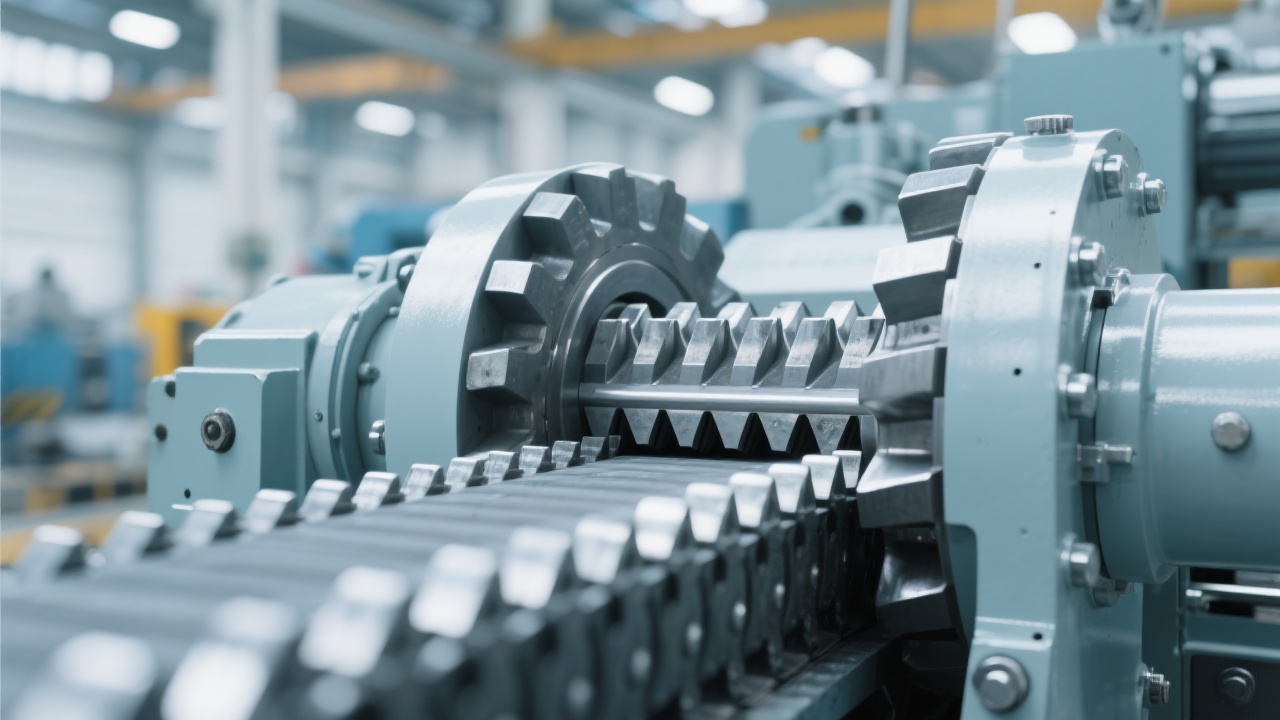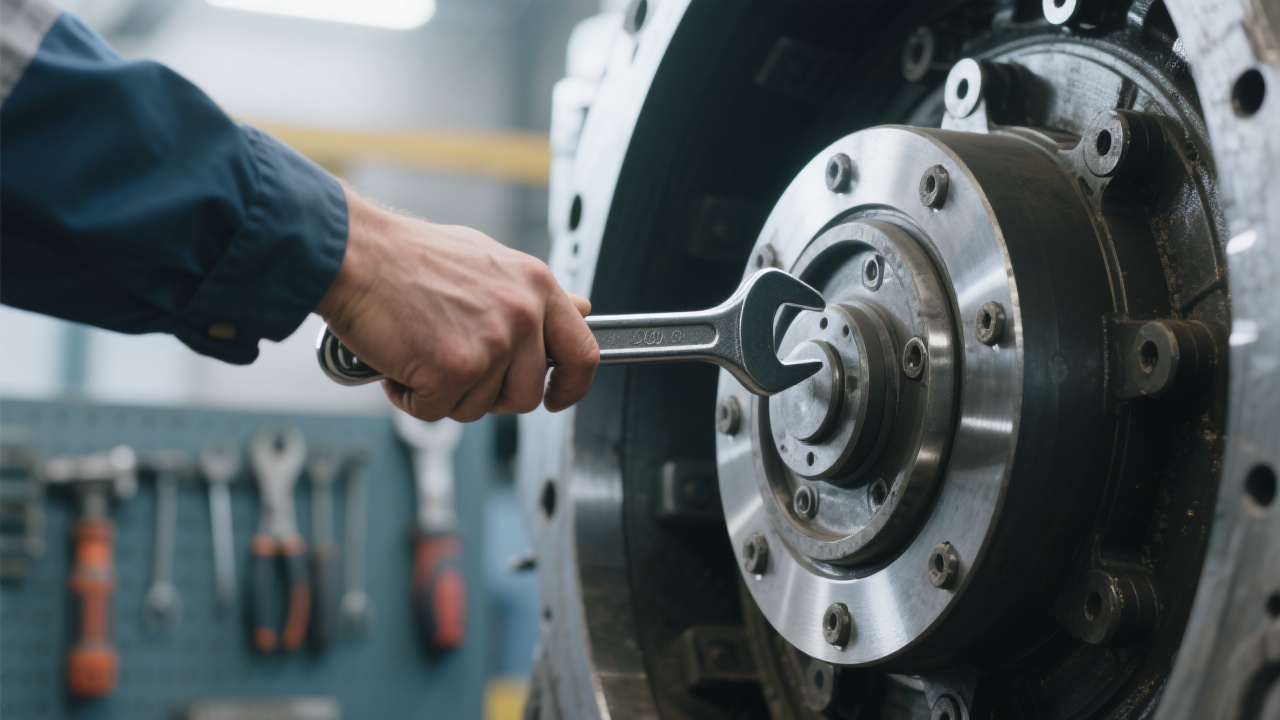
In the competitive world of mineral processing, optimizing throughput while minimizing energy consumption is no longer optional—it's a strategic necessity. At郑州矿联机械有限公司 (Zhengzhou Kulin Machinery Co., Ltd.), we’ve engineered a breakthrough in jaw crusher design: the V-type crushing chamber used in our PEW series. This isn’t just incremental improvement—it’s a paradigm shift in how we approach material reduction.
The key innovation lies in the geometric configuration of the crushing chamber. Unlike traditional symmetrical chambers, the V-shape creates a more uniform force distribution during the crushing cycle. Based on field tests across 12 global sites, this design improves crushing ratio by up to 18% and reduces specific energy consumption by 12–15% compared to standard U-shaped chambers—especially effective for medium-hard ores like limestone and basalt.
| Parameter | Standard Chamber | V-Type Chamber |
|---|---|---|
| Crushing Ratio | 3.5:1 | 4.1:1 |
| Energy Use (kWh/ton) | 12.7 | 10.9 |
| Wear Rate (mm/hr) | 0.8 | 0.6 |
Not all rocks are created equal. For softer materials like coal or gypsum, a slightly wider V-angle (around 16°) ensures high throughput without overloading. For harder stones such as granite or iron ore, narrowing the angle to 14° increases pressure at the discharge point, enhancing particle size control. In real-world applications—from mining operations in Chile to recycling plants in Germany—we’ve seen output increase by 10–20% when chamber settings align with input hardness and feed size.

Even the best designs need proper maintenance. If you notice inconsistent product gradation or excessive vibration, first check the wear plate clearance—ideally kept between 10–15 mm. Also, ensure that the eccentric shaft bearing temperature stays below 65°C; overheating often signals misalignment or poor lubrication. We recommend weekly visual inspections and monthly torque checks on fixed bolts to prevent unexpected downtime.
Our clients aren't just seeing better performance—they're achieving measurable ROI. One client in Brazil reported a 22% drop in electricity costs after switching from a legacy model to the PEW with V-chamber. Another in Poland, processing construction debris, achieved an average throughput of 65 tons/hour with consistent 50mm final particle size—ideal for road base materials. These results highlight not only technical superiority but also economic and environmental benefits.

If you're evaluating jaw crushers for your next project, consider how a smarter chamber design can unlock hidden efficiencies—not just in capacity, but in sustainability and long-term cost savings.



.jpg?x-oss-process=image/resize,h_800,m_lfit/format,webp)

.jpg?x-oss-process=image/resize,h_800,m_lfit/format,webp)



